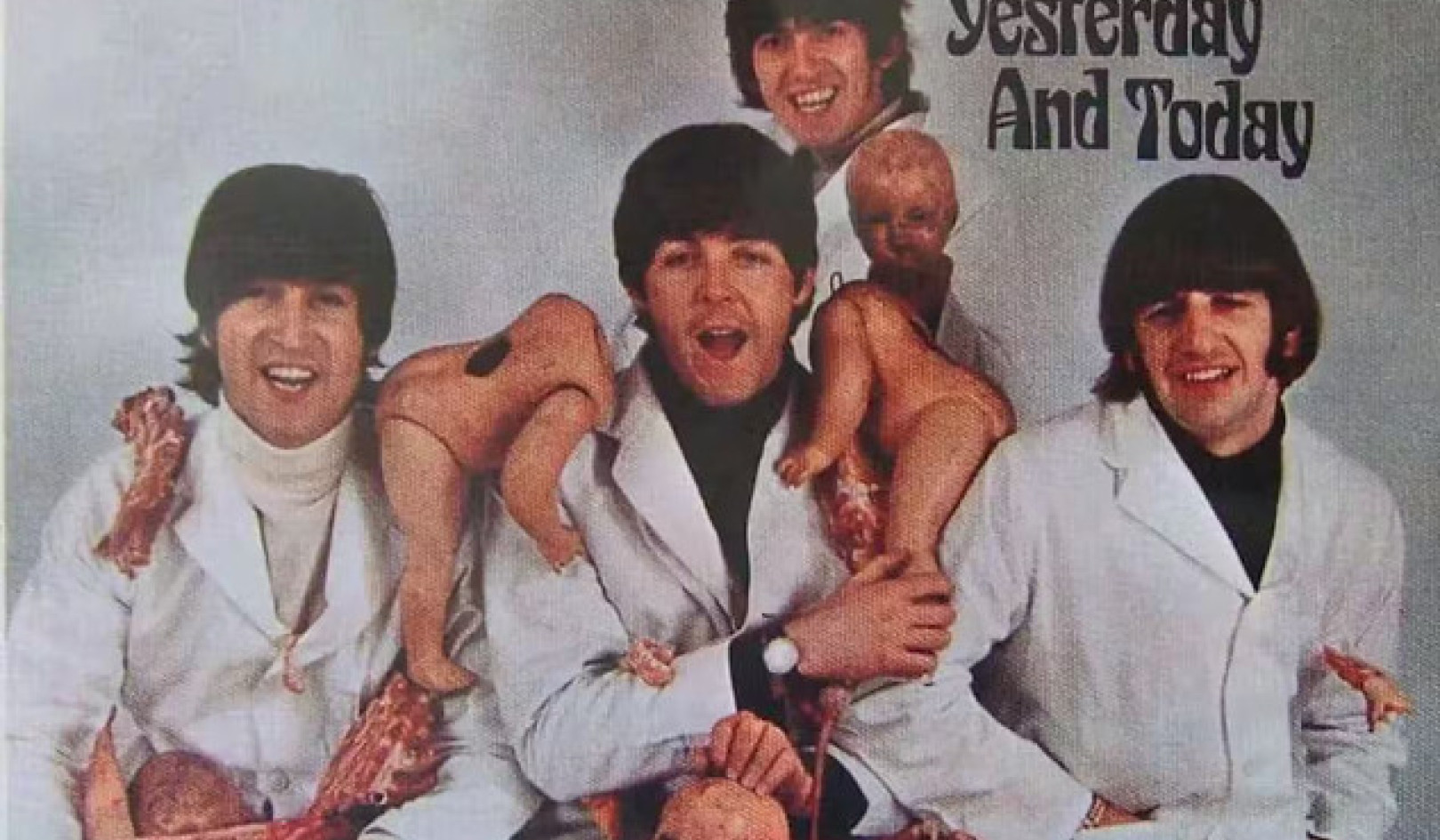
When the cold and dark winter is setting in, some of us envy animals that can hibernate. This long, deep rest is an example of how nature develops clever solution to difficult problems. In this case, how to survive a long, cold and dark period without much food and water.
But hibernation has closer links to human history than you might expect.
An article in a copy of the British Medical Journal from 1900 describes a strange human dormancy-like hibernation called “lotska” that was common among farmers in Pskov, Russia. In this area, food was so scarce during the winter that the problem was solved by sleeping through the dark part of the year.
Once a day people woke up to eat a piece of bread and drink a glass of water. After the simple meal, they went back to sleep and family members then took turns keeping the fire alive. You will also find descriptions in Inuit Greenlandic stories of a prolonged hibernation-like sleep during the long dark winter months. In parts of Greenland it is dark from November to the end of January.
There is a study from 2020 which suggests the ancient ancestors of man, called hominins, may have been able to hibernate 400,000 years ago. Bones discovered in a cave in Spain show seasonal disruption in growth, suggesting that one of man’s predecessors may have used the same strategy as cave bears to survive long winters.
Animals and hibernation
Hibernation is deeper and more complex than usual sleep, including dramatic changes in metabolism. This long resting period combines several conditions linked to longevity, reduced calorie intake, low body temperature and lowered metabolism.
Animals that hibernate usually live longer compared to other species of the same size. Recent studies using epigenetic clocks, which map activity within genes over time, suggest that hibernation slows down ageing in marmots and bats. So hibernation may hold important clues on how to slow down ageing processes.
There are different forms of ageing – chronological and biological age.
Chronological age is actually only about how many revolutions the earth has circled around the sun since we were born.
It is not time itself that ages us but rather “wear and tear”. Biological age measures wear and tear. It is a more comprehensive and personal measure of health than chronological age and a better predictor of longevity. A 2023 study established that biological age varies and that a temporary increase, for example during surgery and stress, is reversed when you have recovered.
Diseases that are linked to lifestyle and accumulate with age, such as such as cardiovascular disease, obesity, dementia and chronic kidney disease are driven by “wear and tear”. This result in inflammation, altered composition of the gut microbiota and increased oxidative stress. Oxidative stress is when there are too many free radicals (unstable atoms that damage cells) in your body.
New science based on epigenetic clocks and lessons from hibernating animals could help us to treat patients who have diseases driven by “wear and tear”. We could use drugs that may slow down ageing.
For example, metformin is the main first-line medication for the treatment of type-2 diabetes. It regulates inflammation, insulin-sensitivity and slows down DNA damage caused by oxidative-stress. There is growing evidence it may help manage other “wear and tear” diseases such as cardiovascular disease and long term use of the drug may be associated with lower cognitive impairment.
Learning more about hibernation may benefit human medicine for the treatment of traumatic brain injuries, severe blood loss, preservation of muscle and bone mass and providing better protection during organ transplantation.
A 2018 study found that mimicking hibernation conditions for the storage of renal grafts from deceased donors seemed to improve their preservation. Muscular skeletal degeneration is often determined by genes, but these genes seemed to be deactivated in hibernating bears.
Animals and longevity
There are long-lived, non-hibernating animals we can learn from too such as the Greenland shark, naked mole rat, Icelandic clam and Rougheye rockfish. These species have developed superior mechanisms that protect them against ageing. It seems like protection against inflammation, oxidative stress and modifications of proteins that happen with age are mechanism that in general benefit all long-lived animals.
Genetic studies of rougheye rockfish, which can live for over 200 years, suggest that a food group called flavonoids is related to longevity. Citrus fruits, berries, onions, apples and parsley are high in flavonoids, which have anti-inflammatory properties and protect against organ damage, for example, from chemicals or ageing.
The 2023 study of rougheye rockfish found that one set of its genes which could be linked to longevity were associated with flavonoid metabolism. So a long-lived fish may have something to teach us about what to eat to live longer.
Lessons from nature and hibernating animals tell us that preserving cells, regulation metabolism and genetic adaptions play key roles in longevity. Our life style and eating habits are our best tools to mimic some of these mechanisms.
Forty winks
There is still so much we don’t understand about hibernation but we do know that normal sleep is connected to longevity too. For example, a March 2023 study showed that with good quality sleep, you can add five years to the life of men and two and a half years if you are a woman. The researchers defined good quality sleep as getting seven to eight hours of sleep per day, not needing sleep medication and waking up feeling rested at least five days a week.
Animals have huge variations in their sleeping patterns, from bears and marmots hibernating for eight months of the year to elephants that get only two hours a day.
How elephants can become so old while sleeping so little is still a mystery to scientists.
Finding out how nature resolved these extremes may help scientists decipher new ways to improve human health.![]()
Peter Stenvinkel, Professor of Nephrology, Karolinska Institutet
This article is republished from The Conversation under a Creative Commons license. Read the original article.
Related Books:
The Body Keeps the Score: Brain Mind and Body in the Healing of Trauma
by Bessel van der Kolk
This book explores the connections between trauma and physical and mental health, offering insights and strategies for healing and recovery.
Click for more info or to order
Breath: The New Science of a Lost Art
by James Nestor
This book explores the science and practice of breathing, offering insights and techniques for improving physical and mental health.
Click for more info or to order
The Plant Paradox: The Hidden Dangers in "Healthy" Foods That Cause Disease and Weight Gain
by Steven R. Gundry
This book explores the links between diet, health, and disease, offering insights and strategies for improving overall health and wellness.
Click for more info or to order
The Immunity Code: The New Paradigm for Real Health and Radical Anti-Aging
by Joel Greene
This book offers a new perspective on health and immunity, drawing on principles of epigenetics and offering insights and strategies for optimizing health and aging.
Click for more info or to order
The Complete Guide to Fasting: Heal Your Body Through Intermittent, Alternate-Day, and Extended Fasting
by Dr. Jason Fung and Jimmy Moore
This book explores the science and practice of fasting offering insights and strategies for improving overall health and wellness.






















